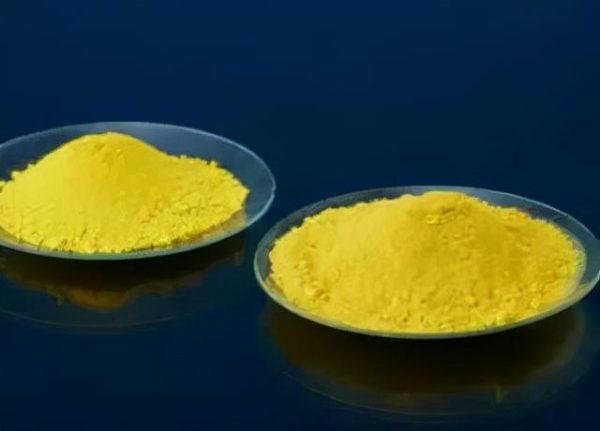1. Use zinc oxide
Zinc oxide is a commonly used active agent in the production of rubber products. It has an activating effect on thiazole accelerators, sulfenamide accelerators, guanidine accelerators and thiuram accelerators. It is white hexagonal crystal or powder and belongs to amphoteric. oxide. By adding an appropriate amount of zinc oxide, the purpose of increasing the vulcanization speed of the rubber compound can be effectively achieved, and its crosslinking density can also be increased. It is generally believed that after addition, the time for the compound to reach optimum cure can be shortened to 4 hours.
2. Use accelerator M
As a type of common thiazole accelerator, accelerator M also belongs to the general type of hyperaccelerator. When mixed with sulfur in natural rubber, it can significantly speed up the vulcanization of the vulcanized compound, which also increases the vulcanization speed of natural rubber.
3. Use stearic acid
Stearic acid can play the role of acid activation in natural rubber, and stearic acid can interact with zinc oxide to form soluble zinc salt, which can improve the activation ability of zinc oxide to accelerators and speed up vulcanization. Under normal circumstances, with the use of an appropriate amount of zinc oxide, accelerator M and stearic acid, natural rubber can complete the vulcanization process in about 2 and a half hours.
However, it should be reminded that the substances such as lead, cadmium, iron, and copper contained in zinc oxide will hinder the activation of zinc oxide on the accelerator and affect the aging resistance of the product. Therefore, attention should be paid to the control of the actual dosage.

